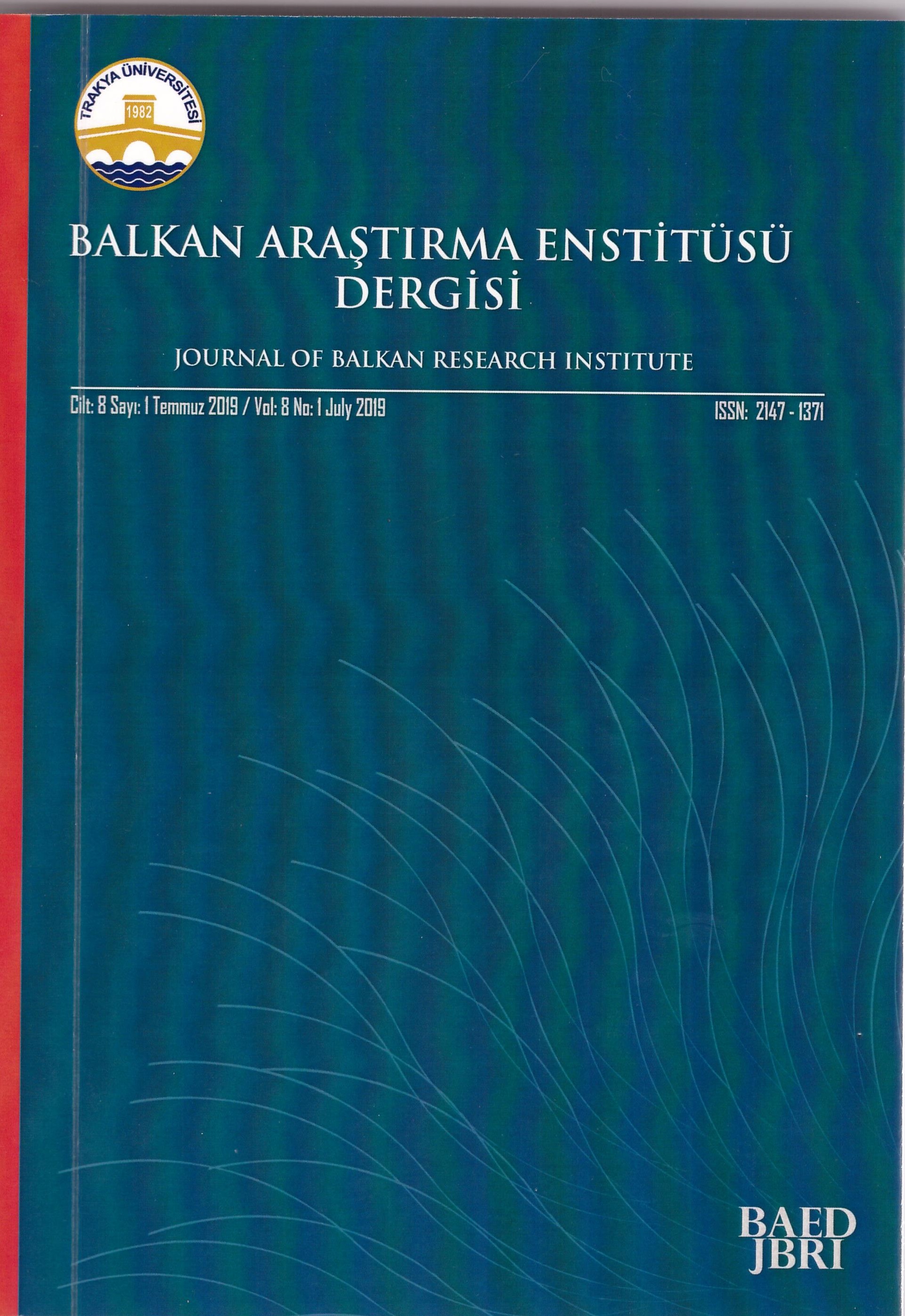XVI. YÜZYILDA ILICA (KÖSTENDİL) KAZASI DEĞİRMENLERİ
ILICA (KYUSTENDİL) MILLS IN XVITH CENTURY
Author(s): Musa SezerSubject(s): Cultural history, Economic history, Local History / Microhistory, 16th Century
Published by: Trakya Üniversitesi Balkan Araştırma Enstitüsü
Keywords: Rumeli;Mill; Samakov; Vlaviçe; Ding;
Summary/Abstract: In the XVIth century, the mills in the Ilıca township were very diverse. Among these were the most water mills. The proximity of the Ilıca township and its environment to the Samakov township, which is famous for its rich iron beds, also caused “samakov” mills which mean iron-wrought, to operate in Ilıca town. One of the main livelihoods of the people of the region was the ovine breeding breeding and it was carried out intensively in and around Ilıca accident. This situation led to the spread of “vlaviçe” mills where the fabric called felt was produced. Lastly, the “ding” mills, in which the rice was separated from the shell, was another mill type found in the township.In this study, it has been focus on the mills in the Ilıca and the sub-districts which are subject to the township in the light of the XVIth century cadastral record books. The working systems of these mills were mentioned and it was determined what amount of taxes the Ottoman Empire receives from these mills. Considering that taxation is based on the number of stones in the mills, a comparison of both the number of stones and tax amounts for the mills in and around Ilıca has been made. Also by identifing ruined mills in township-wide, it has been demonstrated that more concentrated where are these mills. The contributions of mills in Ilıca and the around it to the economy of the region and to the state economy in general were emphasized.With this study, it was observed that the mills in Ilıca in the XVIth century gained diversity according to products such as iron, wool, paddy and other grains which have an important place in the life of region. It is concluded that such mills have gained an important place in the life of the people of the region. According to tahrir registers, the variability of mills in the number and tax conditions is presented as another determination.
Journal: Balkan Araştırma Enstitüsü Dergisi -Trakya Üniversitesi
- Issue Year: 8/2019
- Issue No: 1
- Page Range: 113-139
- Page Count: 27
- Language: Turkish

